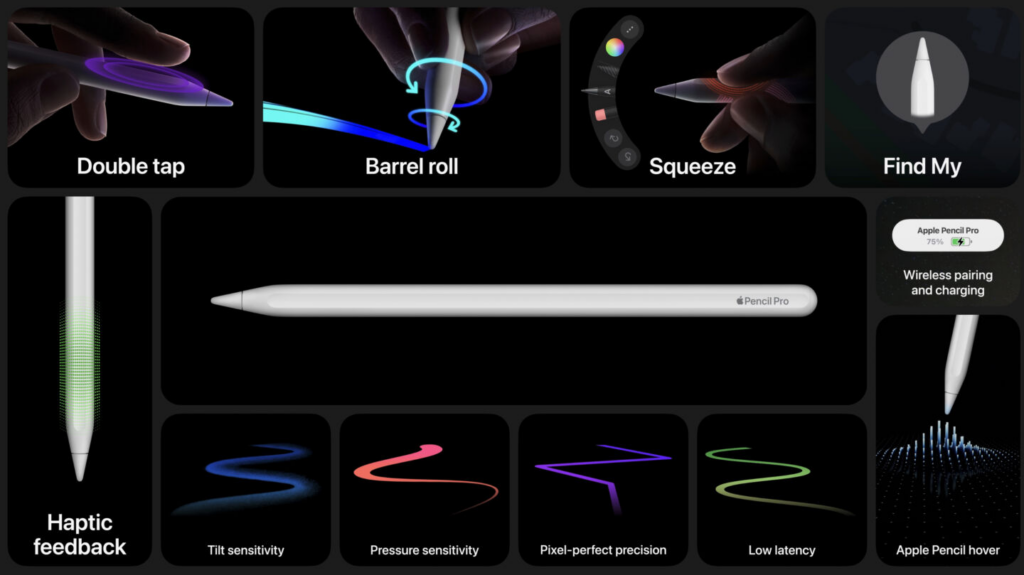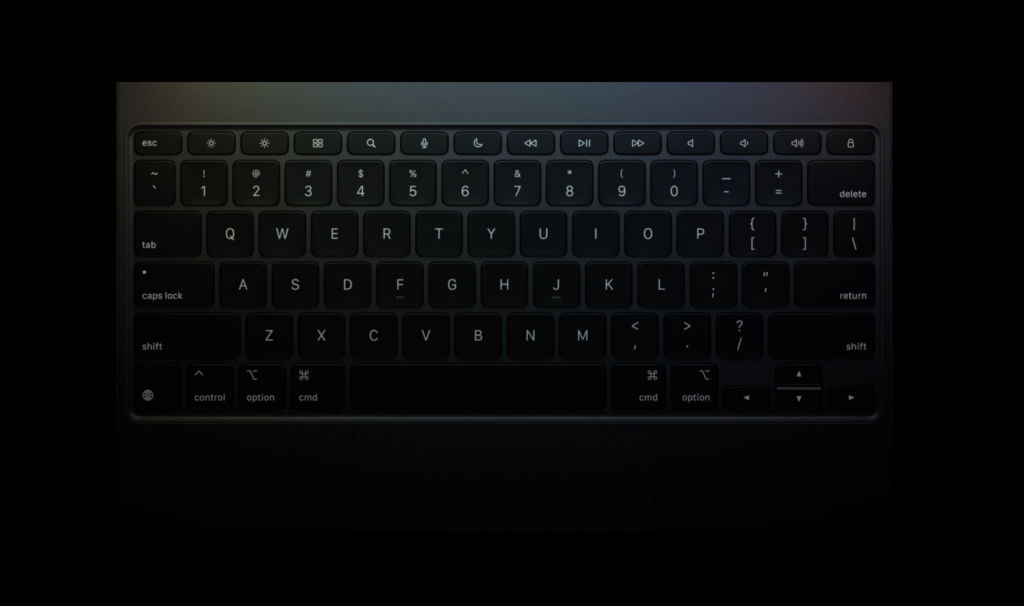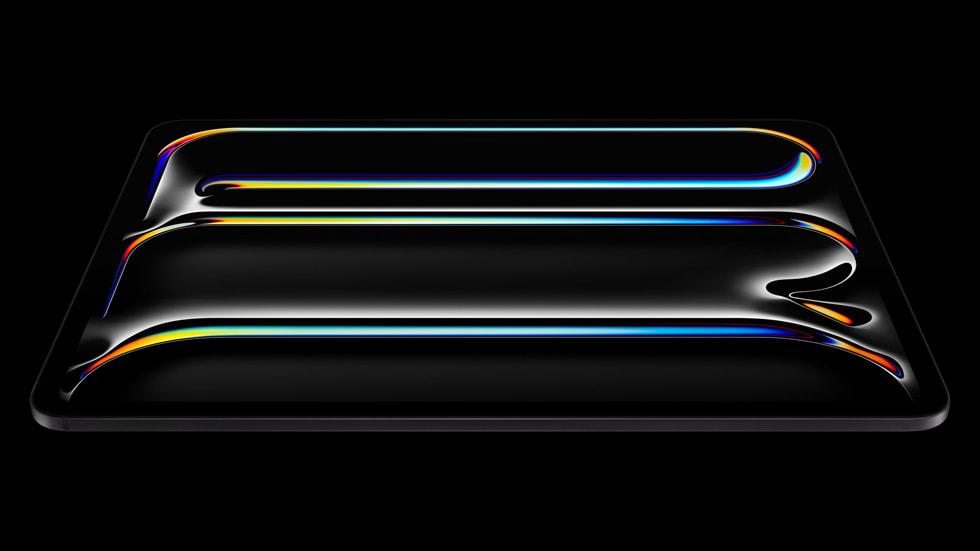Today’s Apple unveiled the new iPad Pro models and an anticipated update to the iPad Air line. Pushing the iPad architecture, these updates present how Apple balances (and crams) as much productivity and entertainment in every tablet it creates.
What’s Happening & Why This Matters
TF summarized the key announcements and the projected impact each presents for Apple, consumers, and competitors:
- Launch of the New iPad Pros: The highlight of the event was the introduction of the new iPad Pro models — now available in 11-inch and 13-inch variants. These devices are thinner (5.1 mm vs. 6.1mm of previous M2 model). They feature Apple’s latest innovation — dual OLED ‘tandem’ screens — that offers “extreme” brightness and color accuracy.
- Enhanced Performance with M4 Chip: The new iPad Pros are equipped with the Apple Silicon M4 chip for markedly upgraded in performance versus the previous M2 iPad Pro models. Apple claims a 50% improvement over the M2 chip — with the ability to deliver the same performance at half the power in some scenarios. This power-performance management advancements position the iPad Pro as not only tablet computing leader, but better than many mobile computing alternatives (if performance testing holds true) particularly for AI and graphically-intensive applications.

- Redesign and Specifications: Apple’s focus on thinness and lightness has culminated in the thinnest device it has ever produced — the 13-inch iPad Pro measures just 5.1 mm in thickness. Both sizes boast a new ‘Ultra Retina XDR’ display, which achieves 1000 nits of full-screen brightness and 1600 nits at peak. Those metrics are comparable to high-end TVs.
- Introduction of the 13-inch iPad Air: The event debuted the first-ever 13-inch iPad Air. The new iPad Air caters to users who prefer a larger screen for multitasking and creative tasks. This new size offers 30% more screen area than its smaller 11” counterpart and targets functionality for professional use.
- The Apple Pencil Pro: The Apple Pencil Pro is priced at $129 and is compatible with the new iPad Pro and iPad Air models. The Pencil Pro includes a new gyroscope that detects rotation (called “barrel roll”) that allows users to manipulate the orientation of brushes in drawing apps or rotate 3D objects in applications like Procreate. Additionally the Pencil Pro has a squeezable body that triggers context menus and haptic feedback to enhances the tactile response during use. It also integrates with Apple’s Find My app, making it easier to locate if misplaced.

- Revamped Magic Keyboard: The new Magic Keyboard — priced at $299 for the 11-inch model and $349 for the 13-inch model — is thinner and lighter than its predecessors. It resembles a MacBook’s keyboard more closely with a row of function keys (screen brightness, media controls, volume adjustment). The keyboard features an aluminum deck and a larger trackpad with haptic feedback that should enhance the overall typing and navigation experience.

- Redefining Mobile Computing: Apple is attempting to redefine what tablets can do by challenging laptops in terms of power and productivity. The iPad’s capabilities — especially with the new M4 chip — make it a suitable replacement for traditional computing devices for many users.
- Market Positioning: By differentiating the iPad Pro and iPad Air lines more distinctly, Apple is attempting to broaden its market — from high-end professionals to casual users — seeking quality without needing extreme computing power.

TF Summary: What’s Next
Apple’s iPad lineup will appeal to users seeking powerful portable computing. The performance enhancements and new features introduced today may cause competitors to accelerate their own tablet hardware innovations. The iPads today blur the line between tablet and computer especially with new M4 chips capable of advanced computations for AI, graphics-rendering, productivity, entertainment and performance.
“Apple’s latest iPad lineup not only extends its lead in the tablet market but also sets a new standard for what we can expect from mobile devices going forward. The inclusion of the M4 chip in the iPad Pro is particularly transformative, positioning it as a true powerhouse for professional and creative tasks.”
Jordan Lee, Tech Analyst
Watch the full May Apple event here.


